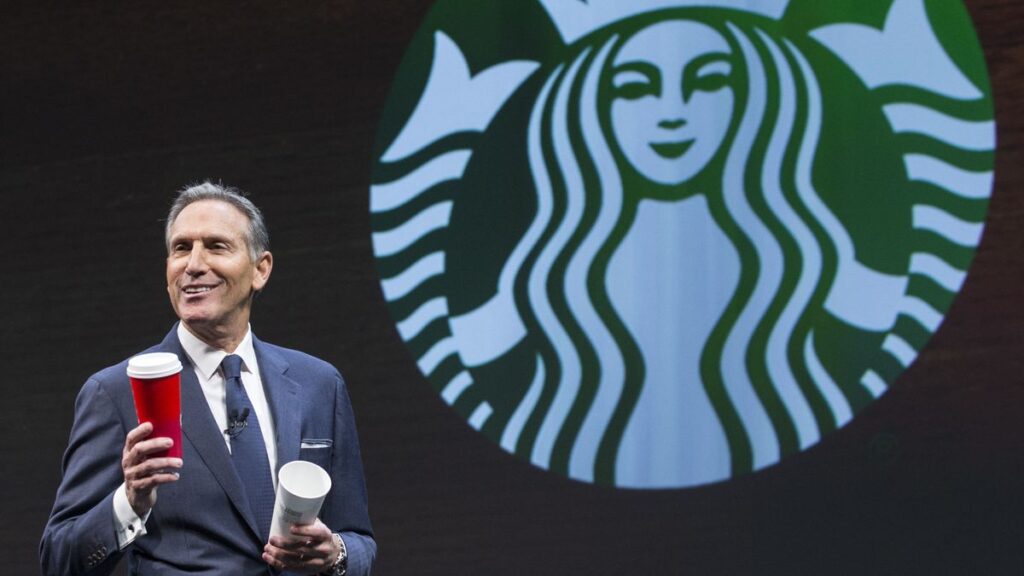The NLRB’s Weakness

Starbucks has figured out an ingenious plan to get around labor law, which is: break so many labor laws so fast that the National Labor Relations Board simply can’t keep up in enforcing the law,” said Jaz Brisack, a fired barista who worked at the first company-run Starbucks – the Elmwood Avenue store in Buffalo – where workers voted in favor of unionizing.
The regional offices of the National Labor Relations Board (NLRB) have brought 100 separate cases against Starbucks – an extraordinarily high number – which together allege more than 1,000 illegal actions, many of them in retaliation against workers for unionizing: from closing stores because they had unionized to reducing workers’ hours after their stores unionized. The NLRB has also filed an unusual nationwide complaint accusing Starbucks of refusing to bargain at 163 unionized stores across 28 states.
All told, rulings by various judges and the five-person labor board have ordered reinstatement of 28 Starbucks workers they found to have been illegally fired in retaliation for union activity. Dozens more pro-union baristas are awaiting rulings about whether they, too, were fired illegally – the NLRA prohibits employers from retaliating against workers for backing a union. Their union, Starbucks Workers United, asserts that nearly 200 workers have been fired in retaliation for union activity.
“If Starbucks had not engaged in this ferocious, unlawful campaign, they would have 3,000 unionized stores by now, not 300,” said John Logan, a professor of labor studies at San Francisco State University and an expert on corporations’ anti-union strategies. The number of unionization petitions filed by Starbucks workers has plummeted from 71 a month in March 2022 to around a dozen a month today.
Logan said the NLRA aims to let workers freely choose whether they want a union to represent them. “The problem,” he said, “is companies like Starbucks have turned it into a choice by the companies, not by the workers.”
When Starbucks’ former CEO, Howard Schultz, testified before a Senate committee in March, he asserted that the company had not broken the law even once in battling against the union. Starbucks continues to maintain that position, asserting that any pro-union worker who was fired was not dismissed for union activity, but for violating company rules, such as arriving late to work.
Labor leaders often complain that the NLRA’s weaknesses give a bright green light to anti-union companies to break the law. The NLRA doesn’t allow for any fines, not even one dollar, if a company is found to have, for instance, illegally fired the four workers leading a union drive. Nor can a company be fined for closing a store or operation in retaliation for its workers unionizing. When the NLRB rules that a company broke the law by refusing to bargain, it can’t order the company to reach a first contract. All it can do is order the company to return to the bargaining table, but when that happens, many companies resume doing everything they can to avoid ever reaching a first contract. Even though the first Starbucks store unionized 20 months ago, the company hasn’t reached a contract with workers at any of its 340-plus unionized stores.
“The remedy that’s ordered for a failure to bargain in good faith is an order to bargain more. That just doesn’t work,” said Benjamin Sachs, a labor law professor at Harvard.
This is why we need comprehensive labor law legislation. Even a good NLRB such as we have now is almost helpless to stop a corporation like Starbucks from doing whatever it wants.


